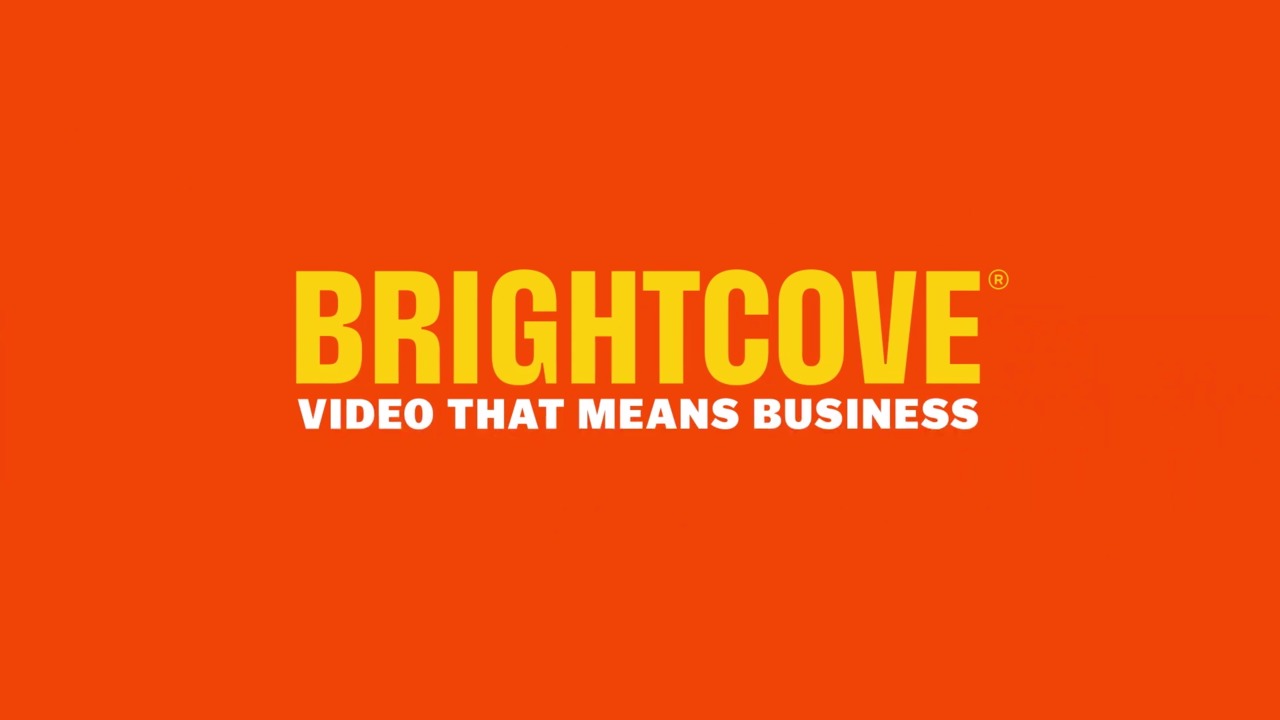In December, the Video Cloud product team was hard at work releasing features to help our publishers increase engagement with their video content and streamline their publishing workflows. Read up on December’s release here, but don’t forget that you can always check up on the most recent release on our product updates page.
Increase Engagement with Quality Playback in Video Cloud
Just how important is playback quality with online video? A 2011 study from IDC analyzed viewer behavior of six major 2010 sporting events that were streamed live on the Web to consumers in North America and Western Europe. The study confirmed our suspicions that a quality playback experience matters for viewers, but also called attention to additional factors:
- Higher playback bit-rates had the greatest positive impact for viewers in terms of extending session lengths. Simply put, higher quality translates to more viewed minutes per view.
- The number of rebuffering events (how many times the player paused to rebuffer) had the greatest negative impact in terms of dropped views.
Therefore, we are excited about our new playback improvements for Video Cloud. Briefly, the changes we made include:
- Video Cloud players now analyze viewer playback more frequently
- Renditions are selected based on available bandwidth and can now use a greater percentage of that available bandwidth
- If the player can’t detect available bandwidth, it selects a higher rendition than it previously had
The end result of these changes? In the week after implementing them, we saw a 35% jump in average bitrate streamed by our publishers as a whole. Just as importantly, this improvement came without any noticeable increase in rebuffering events. This means customers get the benefits of increased engagement from higher quality streaming without risking additional dropped views because of rebuffering events.
Of course, this increase in quality means that bandwidth consumption will likely rise. However, with the ability to create custom encoding profiles, Video Cloud provides the flexibility needed to find the right balance of quality video delivery and bandwidth utilization. In light of the new playback improvements, we recommend that publishers take a look at their encoding profiles to ensure that encoding and delivery settings meet both their own business goals and the quality needs of their viewers.
Improved Facebook Sharing Experience
Now setting inline playback for your videos when they’re shared to Facebook just works, with no additional coding required! Inline playback encourages viewers to watch your content, as they won’t be required to leave Facebook’s domain to view it. Try sharing the video on the Brightcove.com homepage to Facebook for example, and you’ll notice it appears inline in your Facebook news feed.
In addition, we updated open graph code to allow video playback for Facebook users with secure browsing enabled in their security settings. Read more.
Provisioning Remote Assets in the Media Module
In the past, creating remote assets in Video Cloud required using FTP batch provisioning or the Media API. Now, you can provision remote assets using the Media module in the Video Cloud Studio, so your less-technical users can now add videos for which you maintain the files on your own or using a third-party system, without worrying about the more complex workflows required with FTP batch provisioning or the Media API. Read more.
Quickly and Easily Identify your DRM-Protected Content
If you’re using our DRM feature, you can now quickly identify the videos to which you’ve added DRM through a small icon next to the asset in the Media module of the Video Cloud Studio. Read more.
Be sure to check up on our product updates page often. You can even subscribe to the Product Updates RSS feed to make sure you’re the first to know after every release.

